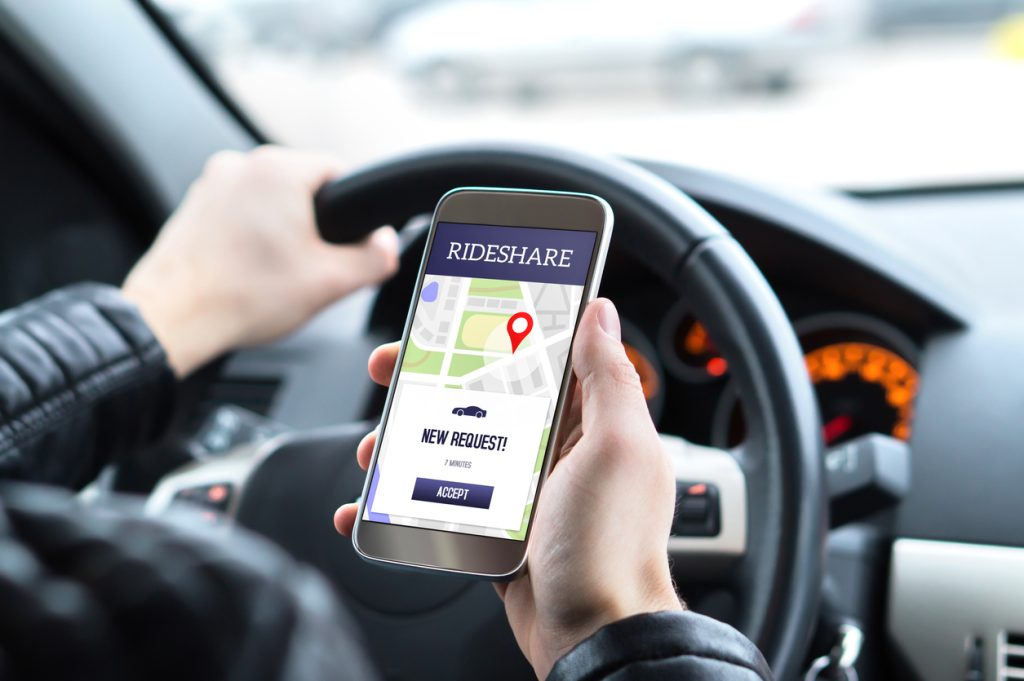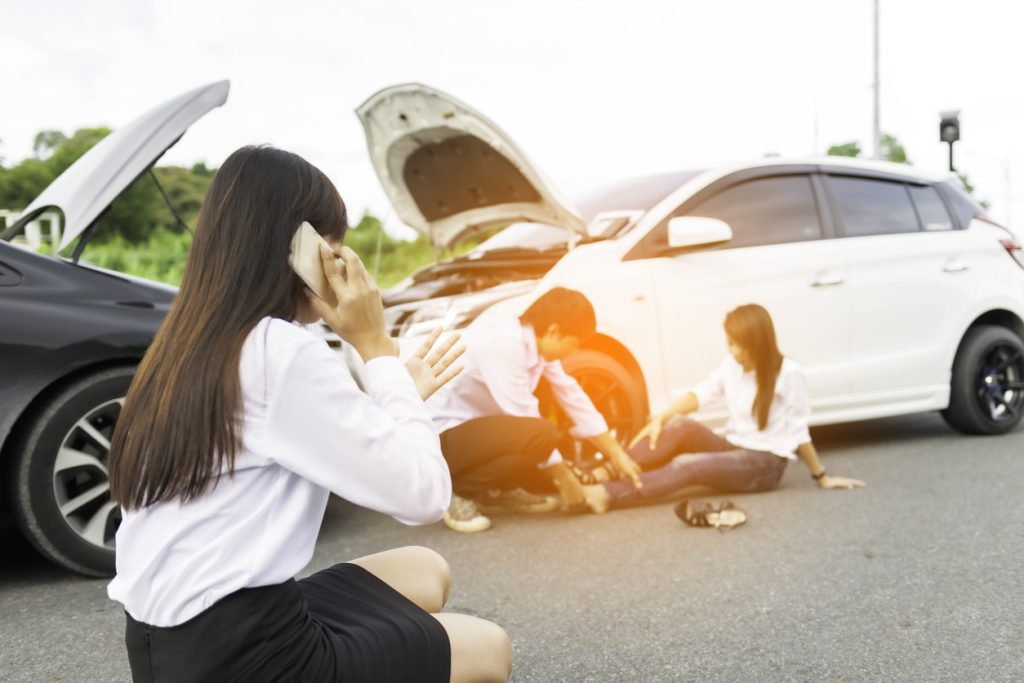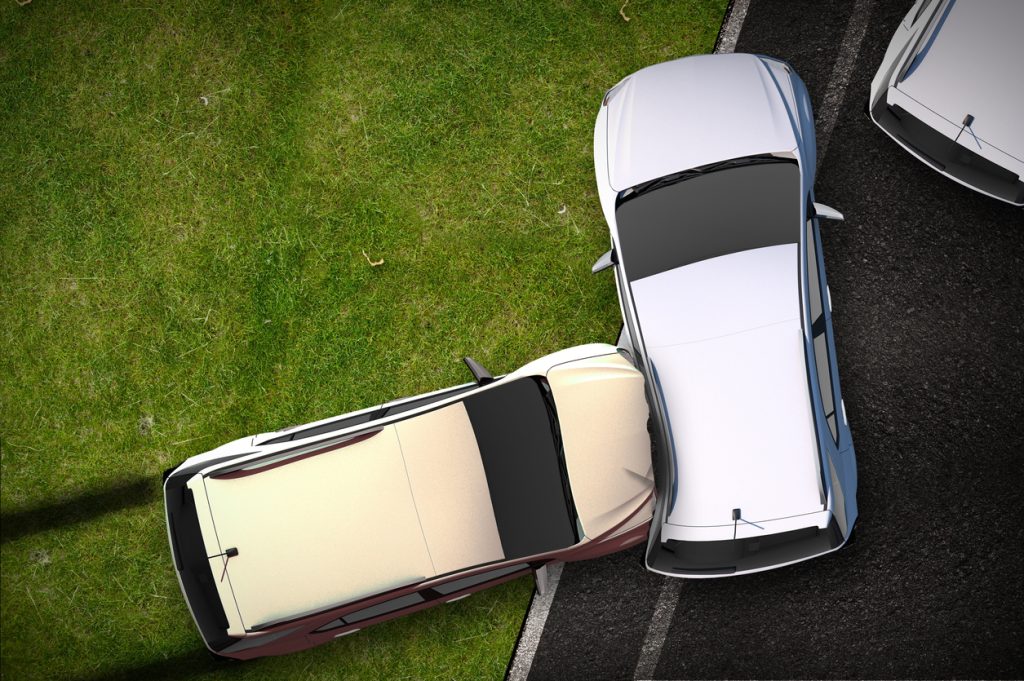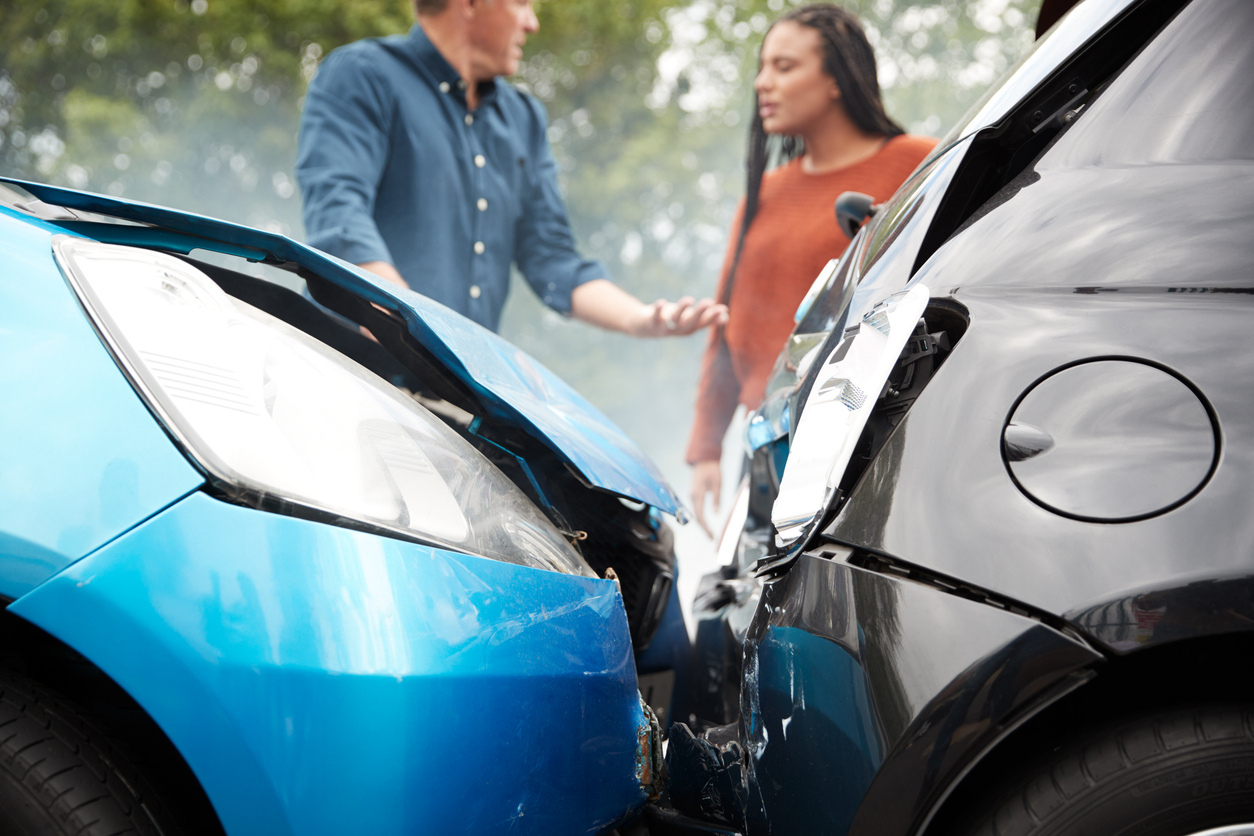Understanding Riverside Uber Lyft Car Accident Responsibility
The increase in rideshare usage has changed how accidents are legally interpreted, particularly for passengers. When an Uber or Lyft ride ends in a collision, the legal pathway to accountability is rarely straightforward. At the heart of this complex situation lies the question of Riverside Uber Lyft car accident responsibility, which often involves overlapping insurance policies, contract-based employment models, and third-party liability.
Uber and Lyft riders are frequently unsure of who should compensate them after an accident. Should the rideshare driver pay out of pocket? Will the rideshare company accept responsibility? Or does the fault lie with another driver entirely? The answers depend on multiple legal and logistical factors, including driver status, app activity, and the point of impact in the crash.
How Liability Is Determined in a Rideshare Crash
To evaluate Riverside Uber Lyft car accident responsibility, it’s important to understand that Uber and Lyft classify their drivers as independent contractors. This setup limits the companies’ liability in some cases. However, California law requires these rideshare companies to provide substantial insurance coverage when a driver is logged into the app or actively transporting a passenger.
If the driver is waiting for a ride request, Uber and Lyft must provide a minimum of $50,000 per person and $100,000 per accident for bodily injury, along with $30,000 in property damage coverage. Once a ride begins, the coverage increases significantly, offering up to $1 million in liability coverage.
These distinctions are critical when seeking damages, as the insurance available changes depending on the ride phase. A passenger injured mid-trip will fall under the company’s commercial insurance, while an off-duty driver may only have their personal auto policy in play.
California Law’s Role in Passenger Protections
In determining Riverside Uber Lyft car accident responsibility, California’s regulatory framework provides clear minimum standards. The Public Utilities Commission mandates that transportation network companies meet specific insurance thresholds at all stages of the driver-passenger interaction.
What this means for injured passengers is that their potential for financial recovery is often higher than in traditional private car crashes. However, this also means that passengers are frequently caught between insurers arguing over who is primarily responsible.
Legal obligations under state law play a crucial role, especially in ensuring passengers have access to compensation even if the at-fault driver lacks adequate insurance. The companies’ built-in uninsured and underinsured motorist coverage provides further support in such cases.
Navigating the Claims Process as a Passenger
Even though passengers are rarely found at fault in a rideshare accident, asserting a claim still requires navigating multiple policies and sometimes even legal threats from other involved parties. Riverside Uber Lyft car accident responsibility can become especially murky when a third-party driver initiates the collision, dragging in external insurers and complicating the chain of liability.
Medical documentation, police reports, app screenshots, and witness statements are all crucial components of a well-supported injury claim. Timing also matters. California’s two-year statute of limitations means passengers must act promptly or risk losing the right to recover damages, regardless of who is at fault.
Understanding that multiple parties may try to shift blame—drivers, rideshare platforms, or other motorists—is key to protecting passenger rights. Unfortunately, many claims stall due to these multi-directional disputes, even when injuries are well-documented.

How Comparative Negligence Affects Passenger Claims
Although most passengers are not contributors to crashes, California’s pure comparative negligence rule technically applies in all injury cases. That means any contribution to the accident, no matter how small, can reduce a passenger’s recovery. For example, if a passenger distracts a driver or fails to wear a seatbelt, insurers may argue that compensation should be reduced.
This issue is central to how Riverside Uber Lyft car accident responsibility is evaluated during settlement negotiations. Carriers often use comparative fault arguments as a tactic to lower their payout, especially in cases with high medical costs or extended treatment periods.
Handling Multi-Vehicle Collisions and Rideshare Involvement
When an Uber or Lyft accident involves more than two vehicles, pinpointing liability becomes increasingly difficult. Each driver’s insurer may attempt to minimize their own exposure by redirecting blame. This finger-pointing creates added complexity in establishing Riverside Uber Lyft car accident responsibility, as it’s no longer a two-party claim.
Passengers may be asked to provide multiple statements or undergo separate evaluations by various insurers. This level of complication often delays settlements or results in inconsistent conclusions, forcing injured passengers into legal battles just to receive rightful compensation.
In situations like these, reviewing case studies and liability breakdowns such as Riverside Uber Lyft car accident responsibility helps clarify how California courts and insurers typically approach shared fault across rideshare platforms.
Regulatory Oversight and Consumer Protections
To ensure minimum standards of passenger safety and financial recourse, California enforces strict oversight through the Public Utilities Commission. Regulatory mandates ensure that companies like Uber and Lyft maintain high levels of insurance coverage. These rules, detailed by the California Public Utilities Commission, help stabilize how Riverside Uber Lyft car accident responsibility is assessed, particularly in serious injury cases.
Such oversight also prevents companies from quietly minimizing their exposure by redefining driver status or limiting claim payouts through legal loopholes. Passengers benefit from this consistency, even if the claims process still poses bureaucratic challenges.
Realities of Dealing With Insurance Adjusters
Passengers should be aware that rideshare insurers, while offering high coverage limits, are still incentivized to minimize claims. This often results in settlement offers that fail to account for long-term injuries or the full scope of emotional distress.
Understanding Riverside Uber Lyft car accident responsibility helps avoid accepting a premature settlement that does not reflect the true value of a claim. Medical evaluations, economic projections, and expert testimony are often necessary to justify compensation requests—especially when permanent disability or chronic pain is involved.
Insurers frequently demand statements early in the process, and passengers must be cautious not to make remarks that could be interpreted as admissions of fault or minimization of injury.

Uninsured Drivers and Rideshare Collisions
Another common complication arises when a rideshare vehicle is hit by an uninsured driver. In these cases, Uber and Lyft offer underinsured and uninsured motorist coverage for passengers. However, this coverage is often conditional and may require extensive documentation.
Victims should recognize that while these protections exist on paper, enforcing them may involve hurdles. Having clear documentation, including emergency room records and contemporaneous notes, can significantly improve the strength of a claim regarding Riverside Uber Lyft car accident responsibility when dealing with an uninsured third party.
Emerging Trends in Urban Transport Liability
As urban environments like Riverside adapt to new modes of transportation, liability continues to evolve. For instance, the growing prevalence of electric scooters and e-bikes presents new questions about fault and coverage. While Uber and Lyft face scrutiny, so do other mobility providers.
Anyone navigating Southern California’s shifting mobility landscape can benefit from learning how fault and responsibility are shifting across industries. Those interested in a parallel liability topic may explore how scooter company liability in California accidents is currently handled under state law.
The Value of Rideshare App Data in Proving Responsibility
In the event of a rideshare collision, digital records from Uber or Lyft can play a critical role in establishing Riverside Uber Lyft car accident responsibility. The app’s backend stores detailed data, including GPS tracking, trip status, time stamps, and even route deviations. These records help determine whether the driver was logged in, en route to pick up a passenger, or actively completing a ride. That status directly impacts the availability of insurance coverage, making it a crucial component in any liability analysis. In some cases, riders may also have access to receipts or trip confirmation emails that corroborate their account of events. If the driver disputes facts or insurers attempt to shift blame, this digital evidence can strengthen the passenger’s position significantly.
The Legal Importance of Witness Testimony and Documentation
Eyewitness accounts are often pivotal in multi-vehicle crashes or when liability is disputed. Passengers can strengthen their injury claims by obtaining contact information from individuals who observed the collision. Independent testimony can help confirm whether the rideshare driver followed traffic laws, whether another vehicle caused the crash, or whether the accident was avoidable. Additionally, personal documentation—including photos of the accident scene, screenshots of the ride details, and contemporaneous notes about injuries—supports the injured party’s narrative. Establishing Riverside Uber Lyft car accident responsibility often comes down to demonstrating a consistent, well-documented timeline of events, especially when multiple insurers are involved.
Delays and Denials in the Insurance Claims Process
Passengers are sometimes surprised to discover that their injury claims face resistance even when Riverside Uber Lyft car accident responsibility appears to be clearly established. Despite strong evidence, insurers tied to rideshare operations frequently delay investigations, ask for extensive documentation, or push fault onto other parties. These tactics are often used to minimize payouts, particularly when the question of Riverside Uber Lyft car accident responsibility involves both corporate policies and the personal auto insurance of the driver. In multi-vehicle collisions, it’s not unusual for each involved party to dispute their share of fault, resulting in claims being redirected or outright denied. This makes the process of proving Riverside Uber Lyft car accident responsibility not only legally complex but emotionally and financially draining for passengers seeking just compensation. By understanding how insurance companies approach Riverside Uber Lyft car accident responsibility, passengers can prepare for potential roadblocks and take steps to strengthen their claims from the outset.

Medical Treatment and Long-Term Injury Considerations
Some injuries sustained in rideshare collisions—such as whiplash, traumatic brain injury, or spinal trauma—may not fully manifest until days or weeks later. Passengers should seek medical evaluation immediately, even if symptoms seem minor. Delaying treatment can give insurers a reason to question the legitimacy or severity of the injuries. Moreover, keeping detailed records of diagnosis, follow-up care, and physical limitations is essential in proving damages. Compensation is not only based on immediate medical expenses but also future treatment needs, missed work, and reduced quality of life. These factors directly affect the outcome of Riverside Uber Lyft car accident responsibility evaluations during settlement discussions or court proceedings.
Conclusion: Protecting Your Rights as a Passenger
Understanding Riverside Uber Lyft car accident responsibility is essential for passengers aiming to protect their rights after a crash. With multiple insurers, shifting fault claims, and changing legal classifications, it’s easy to feel overwhelmed. But by knowing the applicable laws, filing on time, documenting injuries, and not falling for early settlement traps, passengers can navigate the system with greater clarity and strength.
Every rideshare trip carries risk. When that risk turns into harm, knowing the full picture of Riverside Uber Lyft car accident responsibility becomes more than academic—it becomes the foundation for justice and recovery.
